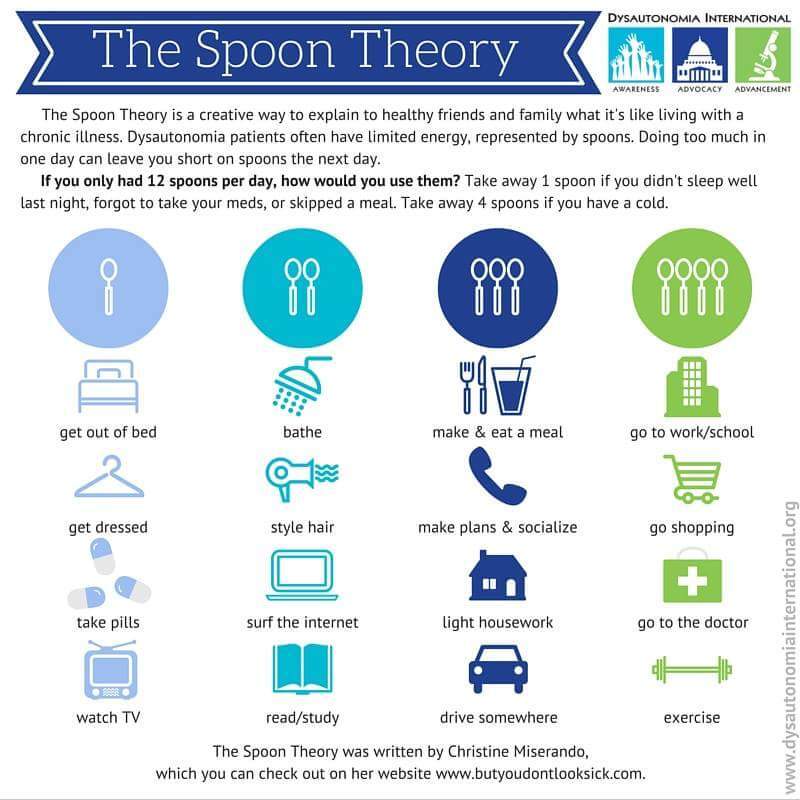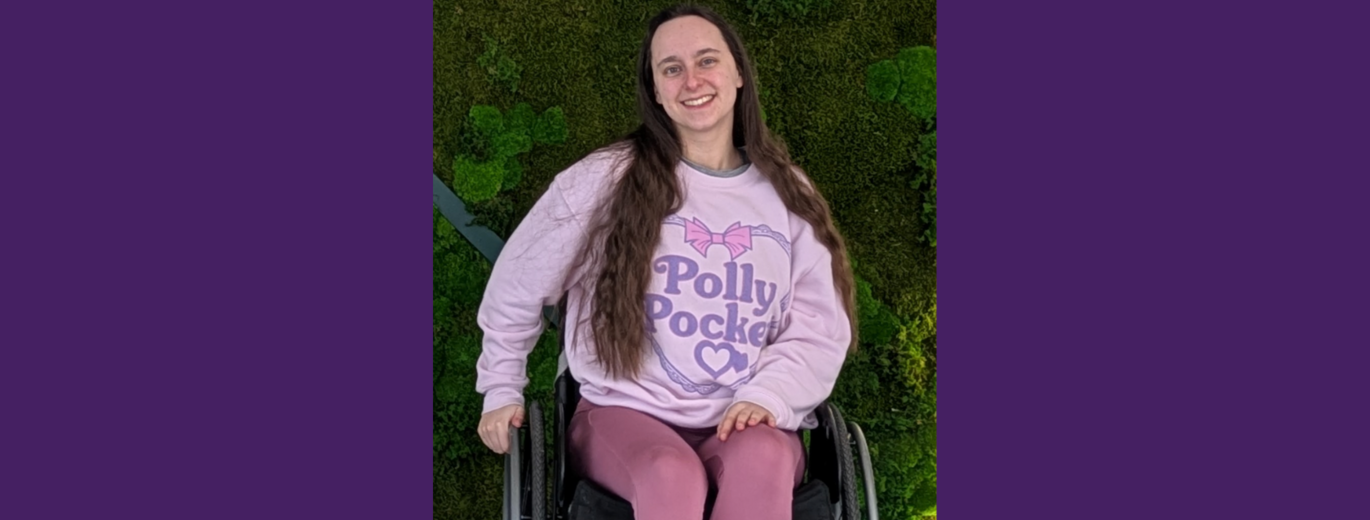My Journey with Hypermobile Ehlers-Danlos Syndrome
What is EDS and How Does It Impact My Daily Life?
My name is Katie Anna and I have Hypermobile Ehlers Danlos Syndrome. This is a genetic disorder which I was born with, but we didn’t find out until I was a teenager! Many studies confirm that it is not unusual for puberty to trigger conditions like this one, and that’s exactly what happened to me.
There are 13 different types of EDS, and everyone’s experience with each variant will differ. This means the symptoms I experience with H-EDS (the most common one) may be completely different from someone else with the same diagnosis. It is important to remember this, as it also means every individual with EDS will have different access requirements. Find out more about the range of symptoms here
Personally, I use a power assisted wheelchair for any significant journeys, and walking sticks for shorter distances. But it’s not really the physical aspects of EDS which have the biggest impact on my life…
Maintaining relationships as a young person with EDS is tough. Feeling like a burden on my friends can be emotionally taxing, and the balance between needing their support for myself, and wanting to be there for them when they are struggling is difficult. Ableism is also ever-present which means I worry about them facing discrimination simply because they are with me — which unfortunately happens more than you might think! It’s a harsh reality, with minimal ways to control these kinds of situations and, even when there is some form of mitigation available, constant self advocacy is exhausting!
My Journey and How I Manage Life with a Chronic Illness
None of my family members are disabled, I have always been an active person, and was part of multiple sports teams during my childhood. However when I started secondary school things changed. I had decided that I wanted to work in musical theatre and was at dance classes 5 days a week, but my body just couldn’t keep up. I started to experience severe pain in my knees, back, wrists, shoulders, and hips — they would ‘click’ and ‘pop’ with minimal movement, and create a domino effect of instability throughout my musculoskeletal system. We now know that these were dislocations or subluxations (learn more about what these terms mean here).
Like lots of people with EDS, I have other disabilities, too. They often come as a sort of ‘buy one get 4 free’ deal, as it is a fault with the body’s connective tissue which is responsible for the functions of many internal organs as well as our joints. This means it affects things like stamina, thermoregulation, and digestion too. Unfortunately, the UK’s health sector is not particularly well equipped to assist with complexities like this, and I have been collecting new diagnoses every year since 2019 (most of which could simply be explained by EDS should my doctors have a better understanding of how all-encapsulating it can be).
This has led to me being in charge of most of my health management, instead of medical professionals. My most essential strategy is scheduling rest days as diligently as I do work shifts, ensuring I prioritise self-care and treat recovery time as non-negotiable; helping with the unpredictable and fluctuating nature of EDS.
The Importance of Raising Awareness and Supporting Those Living with EDS
There's no specific treatment for EDS, meaning it is a chronic illness. I will have this for the rest of my life. Sometimes that feels scary to think about, especially as it is more likely to get worse over time rather than better, and is why having a solid support system in place is vital.
As we approach the summer months, FOMO can hit hard and it’s tricky watching others enjoy the sunshine if this isn’t something you are able to participate in. It’s so important to be aware of what your peers or colleagues with EDS might be experiencing, so holidays don’t feel so exclusive.
Finding what works best for someone with EDS involves trial and error, and discovering effective strategies may take time. Be patient with them while they experiment with different options such as therapies, lifestyle changes, or assistive devices.
Advice for Anyone Who Has Recently Received an EDS Diagnosis
Balancing having fun and looking after your health can be hard, but there are loads of apps available to help track your spoons and symptoms. By using these tools, you can visualise your energy expenditure, plan accordingly, and avoid overexertion. This can also help make informed decisions about your daily routine and learn how to conserve energy for essential tasks.

What is Spoon Theory? – The Brain Charity
Setting boundaries is also vital, and having an access rider can be a game-changer. This document outlines your needs and preferences, ensuring that employers or educators understand your limitations and provide necessary support. It’s a consistent reminder to respect your health requirements and fosters a supportive and accommodating environment.
Lastly, adopting proactive solutions rather than reactive ones is key. Don’t wait for problems to escalate before addressing them — which people often do because they don’t feel ‘disabled enough’ to need the help in question. Preventative measures are just as (if not more) important! You can get creative with these, and my general rule is ‘if it’s stupid and it works, then it’s not stupid’.
Why You Should Share Your Own Stories and Connect with Others in the Community
EDS is often an invisible disability, but the people living with it are very visible indeed.
Taking time to reflect on your journey, share that story, and create friendships with those who face similar challenges is the best way to go forward with positivity. A problem shared is a problem halved, and things will get easier, especially once you find the right people to tackle these challenges with.

